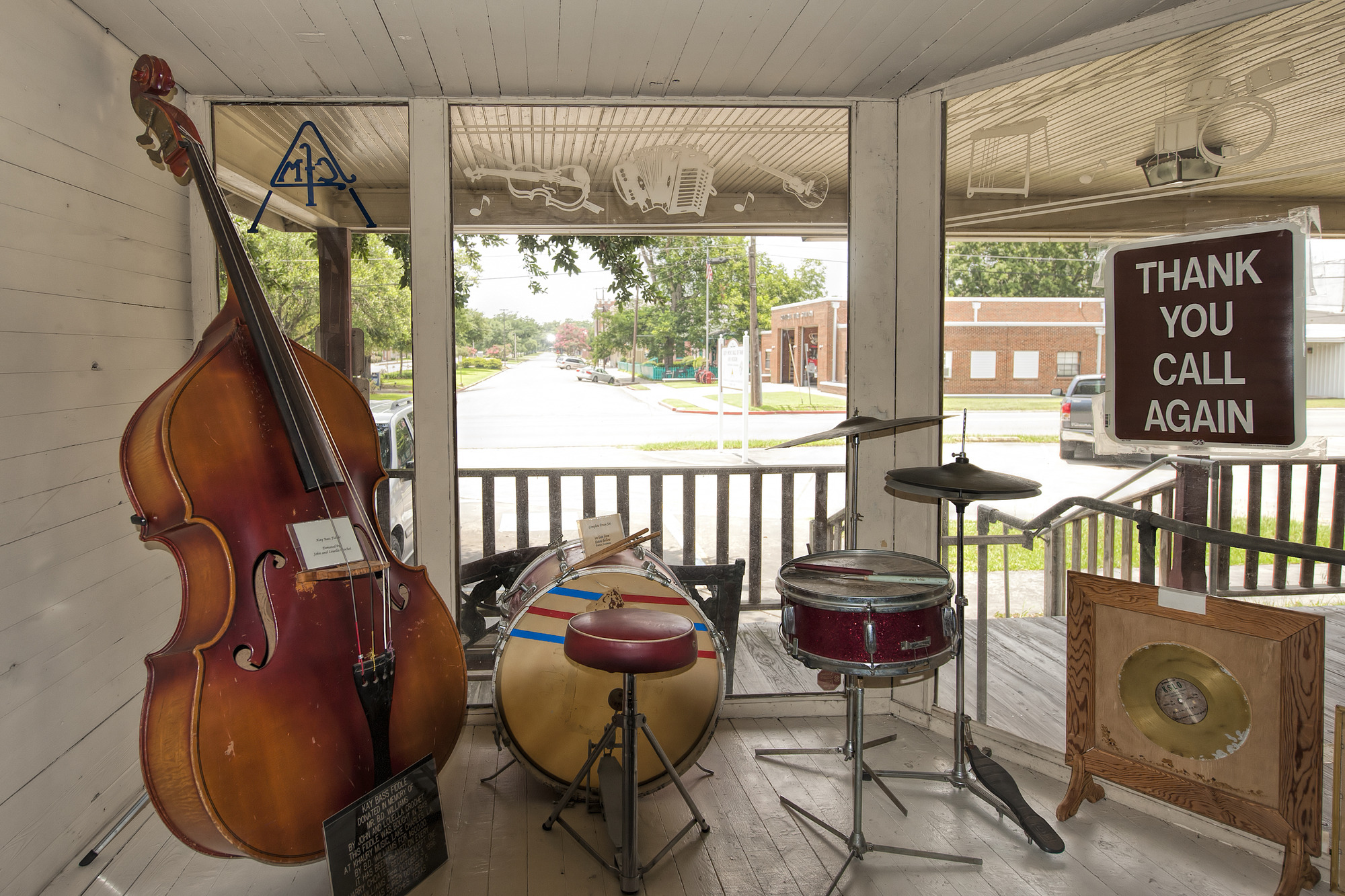What is Swamp Pop Music?
Rock 'n' roll came to the swamp and the result was an all-new sound.
There is no greater example of how Louisiana enjoys being itself than swamp pop.
It’s a style of music born out of a regional interpretation of rock ‘n’ roll, R&B, country and French Louisiana musical influences in the 1950s-60’s that defies time, continuing today.
“Swamp pop music was created without us knowing it was a different genre,” says Johnnie Allan. Many call him the “King of Swamp Pop,” having recorded “Lonely Days and Lonely Nights” and a stirring version of Chuck Berry's “The Promised Land,” both swamp pop anthems. Allan is quick to add, “I don’t go around wearing a crown."
“Rod Bernard, Warren Storm, Tommy McClain, Clint West and I started recording this music in the late 1950s and early 1960s, not realizing that we were creating a new genre of music. It was called swamp pop in the 1970s by a guy from England named Bill Millar. We just called it south Louisiana music before then.”
“It’s a gumbo or jambalaya; a true native Louisiana music genre,” explains Sharon Fontenot, curator of the Louisiana Swamp Pop Museum in Ville Platte, designated by the legislature in 1995 as the Swamp Pop Capital of the World. The museum is housed in a restored Southern Pacific train depot, where knowledgeable docents, some of whom are swamp pop musicians, tell about the jukebox, costumes and other items on display.
“It’s a cousin to zydeco and Cajun music but is the red-headed stepchild that never got the recognition that the other two did.”

Visit the Cajun Music Hall of Fame in Eunice.

Hear Louisiana's native music in cities like Opelousas.

Groove to live swamp pop at the Breaux Bridge Crawfish Festival.

For a true deep dive into Cajun culture — music included — drive the Cajun Corridor Byway.
This may be true from a distance, but to swamp pop fans, it is the music of Louisiana.
“What the musicians and recording engineers did was come up with their own idea of what rock ‘n’ roll should sound like for the south Louisiana audience,” says Allan.
“It relies heavily on New Orleans, particularly Fats Domino-style music — that triplets piano sound which is very pronounced in swamp pop music. It’s mostly the ballads. There are a few fast songs that you’d classify as swamp pop, but really swamp pop is your tear-jerkers.”
Allan also adds that while Cajun and zydeco music get a lot of the attention, swamp pop outsold both genres, with hits across the pop and country charts. Freddy Fender adapted swamp pop for country audiences with “Wasted Days and Wasted Nights,” while Phil Phillips’ “Sea of Love” continues to be a beloved song. “That one was a monster,” says Allan.
So next time you are driving through Louisiana listening to KBON out of Eunice and you hear an old swamp pop tune that speaks to the classics while sounding just as bright today, it’s just the sound of Louisiana being itself.
Alex V. Cook is a Baton Rouge, Louisiana-based author, journalist and music critic. He is a regular contributor to Country Roads Magazine, 225 Magazine, Oxford American and more.


